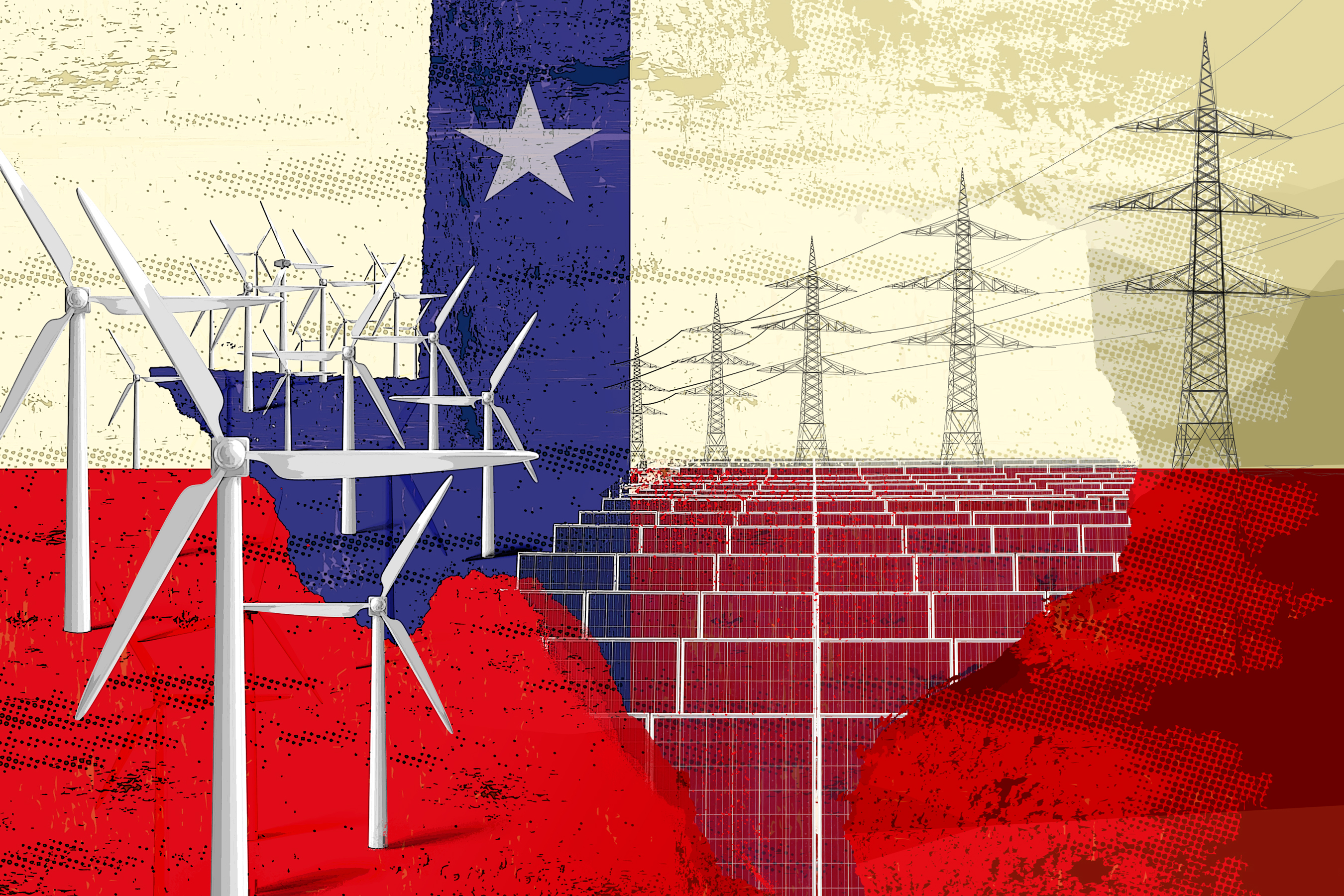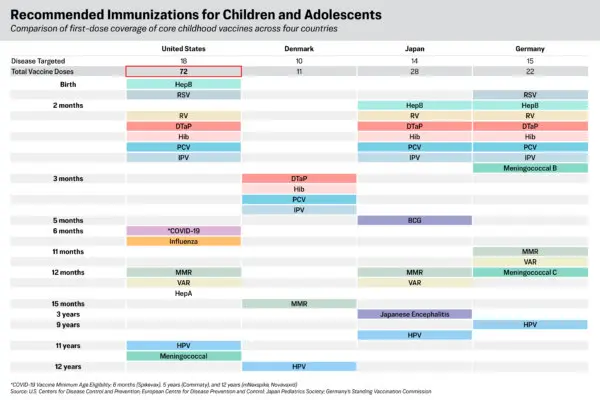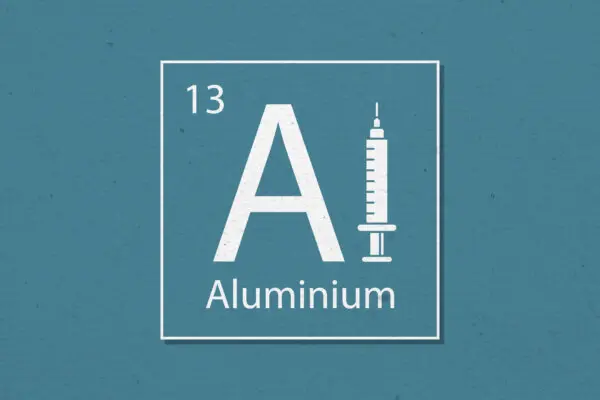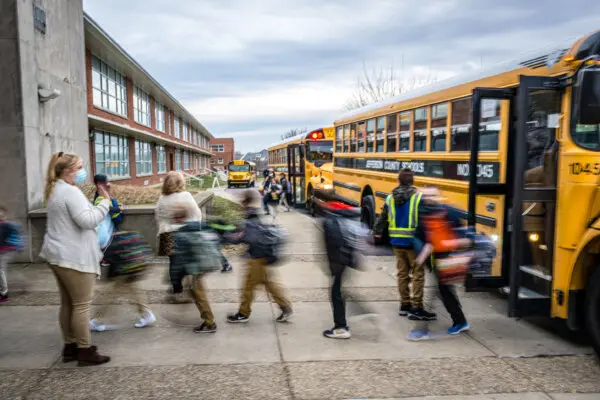Since Texas weathered its second-hottest summer on record and faced unprecedented demands on its power grid, the future of energy supply and use in the state—and across the country—has become the subject of national discussion. Air conditioners were in constant use in Texas over the summer as average temperatures reached 85.3 degrees between June and August and didn’t dip below 100 degrees for weeks on end in some cities.
The strain that the soaring temperatures put on the Electric Reliability Council of Texas (ERCOT), the state’s energy distribution network, is severe, no matter the circumstances.










